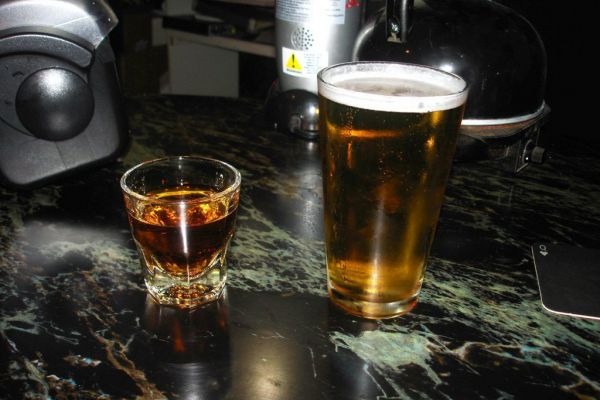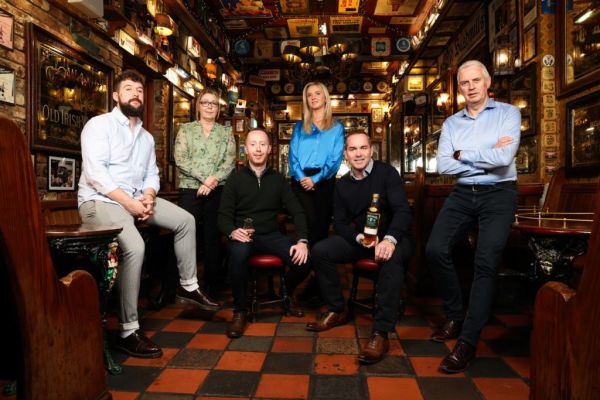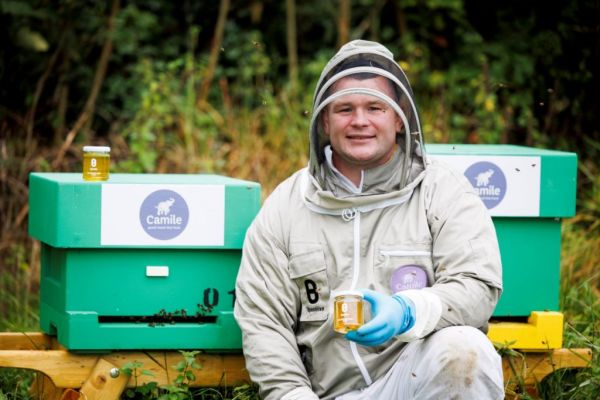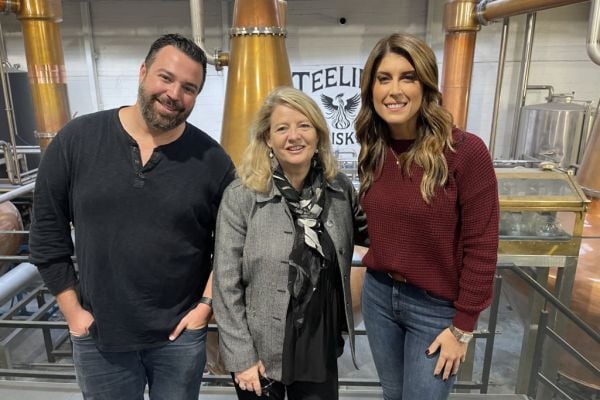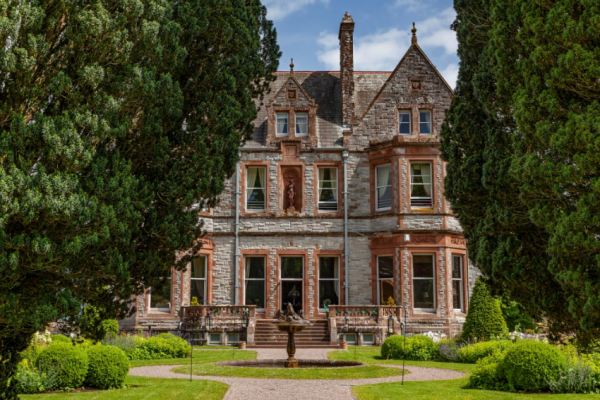Eight years ago, Belgian brewer Urbain Coutteau tasted a batch of his flagship beer Pannepot, a 10% ABV unfiltered, unpasteurized dark ale. As owner of De Struise Brouwers, he immediately realised that some of the wrong hop varietals had been used during brewing and, while the result yielded an interesting profile, it was too much of a flavour departure from the original to be released as Pannepot.
Rather than dump the several batches affected, he thought to distill the beer into a spirit—much the way wine is the base for brandy. “Our vision was very simple,” Coutteau says. “The distillate would have to be as drinkable and complex as its base beer Pannepot, with a similar flavour profile.”
This turned out to be easier said than done. In layman’s terms, spirit distillation is the process of separating alcohol from water by heating a fermented solution—beer, in this case—and condensing and collecting the alcohol-rich vapors. “The more literature we read, the more we became convinced that the end-product quality could easily be affected downwards by taking wrong distillation procedures and/or cuts,” he says.
They ended up collaborating with Distillerie de Biercée just two hours distance from the brewery. Over two days, 20,000 liters of 2010 Pannepot was run through their still, with just 6.5% of the total volume becoming collected spirit. That liquid was then transferred to a miscellany of different oak barrels for extended maturation.
“The interaction between the spirit and the natural chemicals—cellulose, hemicellulose and lignine—contained in the oak wood add flavor to our distillate,” says Coutteau. “Temperature changes provoke expansion and contraction of the barrel’s wood,” which effectively allows the spirit inside to breathe in tiny amounts of new oxygen. This natural occurrence helps leach out valuable flavors from residual spirit previously held in the used barrels.
Spirits from grapes are often called “brandy,” and (aged) spirits of grains are often called “whiskey,” but Coutteau wasn’t satisfied with that limited vocabulary. “We kind of felt trapped inside these guidelines,” he says. “So we decided to simply call our spirit ‘Pannepot Distillate.’”
Now, after years aging in wood and bottled at 42% ABV, the first Pannepot Distillate is ready for release soon in Belgium—coming from Speyside whisky oak. Fully matured, it pours a fine, straw-yellow color, thanks to the wood’s influence, and is best enjoyed neat after a meal. It features aromas of dill and sage, with light accents of apple, pear, and marzipan. On the palate, it’s medium-dry, with elegant flavours of mirabelle plums, vanilla, and subtle wood. It’s a beautifully novel genre-defying gem that drinks somewhere between eau de vie and Scotch. Fingers crossed this makes its way stateside soon.
News by Bloomberg, edited by Hospitality Ireland
